If you are an owner of the house with an attractive backyard, one of the first your thoughts in early spring is probably when and how to mow your lawn. Even though you are experienced in this job, you should be in accordance with the time in which we live and follow new trends.
If you are a novice and you are faced with this challenging task for the first time in your life, I am ready to help you achieve success and start enjoying the beautiful lawn you deserve.
No matter how hard this assignment seems at first glance, you don’t need to worry. Mowing the lawn is not really a difficult job if you have a good lawnmower, make a practical and effective plan, and you have a little free time you want to spend on beautifying your surroundings.
Let’s try to do it together!
What’s the best time to Mow Your Lawn?

I know that it is most convenient for you to mow your lawn in your spare time, but that is not always the most suitable period of the day for both your neighbors and the grass. Please, think about families living in your area with small children or a sick member who definitely won’t enjoy the sound of the mower at any time of the day.
Also, don’t forget about the grass. There are parts of the day when mowing can cause damage and various diseases to your lawn. Therefore, plan to mow at a time which is best for your yard, your neighborhood, and you. I will list you the timing when it is acceptable to mow your lawn, and when it is smarter not to turn on your lawnmower:
- Early morning (6 to 8 am) – The time before going to work is probably an excellent period for you to mow your lawn, but I believe that your neighbors won’t be satisfied with that solution. Moreover, it is not the right moment for grass either. The grass is wet with dew early in the morning, and there is a high possibility that the mower damages and rips it. Consequently, it will become susceptible to fungal infection.
- Mid-morning (8 to 10 am) – This is definitely the best time you can choose to mow your lawn.
- Mid-day (10 am to 2 pm) – Mowing in the heat of the day, when the process of photosynthesizing is on the pick, is probably the worst time you can pick out to mow. Such a decision could destroy the grass on your lawn.
- Mid-afternoon (2 to 4 pm) – In this time, the temperature is a little bit lower, but it still is not a good time for mowing.
- Late afternoon (4 to 6 pm) – This period should be your second choice because the grass will have a few hours to recover before night. It is also an acceptable time for your neighborhood because most people are still not back from work.
- Early evening (6 to 8 pm) – This is not a good time for mowing because the grass won’t have enough time to heal before night. Avoid it and save your lawn of fungus spores and mold. Plus, it wouldn’t be the best way to stay in good relationships with your neighbors.
The Best Tips for Mowing Lawn
1. How often to mow your lawn

The best time to mow is not the same throughout the year and for every region, and it will mostly depend on your location and current season. You should repeat that action twice a month in the summertime and once a month in autumn.
Pay particular attention to the timing of the first spring mowing of your lawn. That moment can be a little bit changeable due to the number of sunny days and rainfall levels in that period of the year.
2. Don’t Mow on Your Schedule
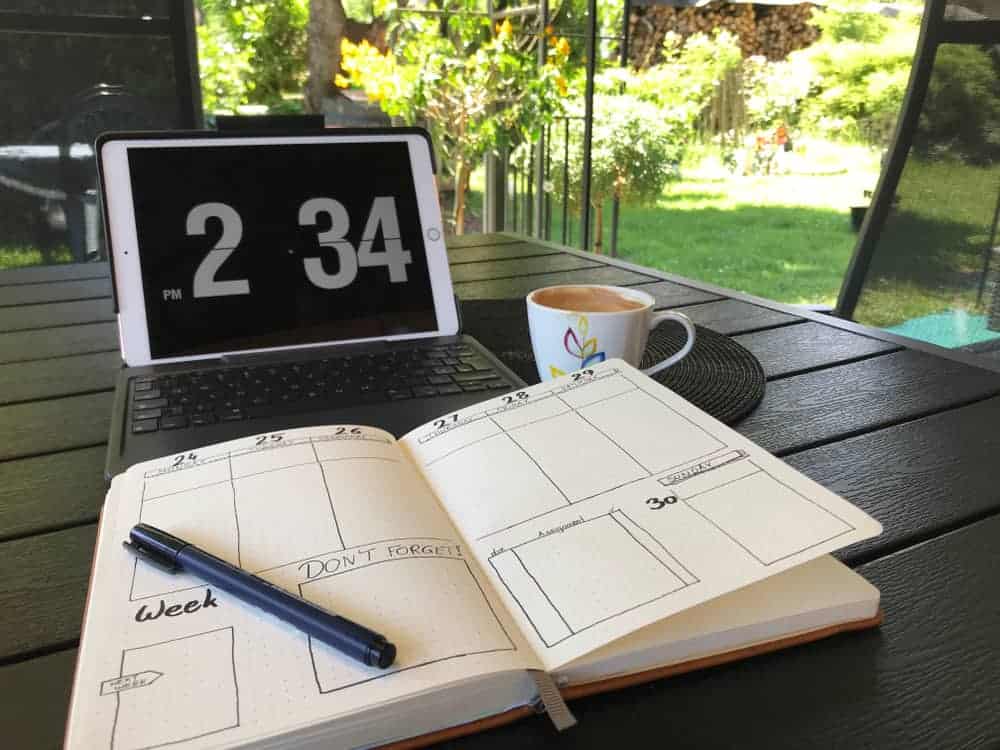
The first rule is that mowing is more important to the grass than to you. You want to have your lawn mowed because you like your yard nice and neat. For the grass, it is a question of survival.
You should mow the grass following its type, growth pattern, and growing conditions, as well as season. The strict schedule means that you choose a moment for mowing without thinking what your lawn actually needs. Usually, that approach leads to very unwanted results that certainly won’t suit you.
3. Ideal mowing heights for your lawn
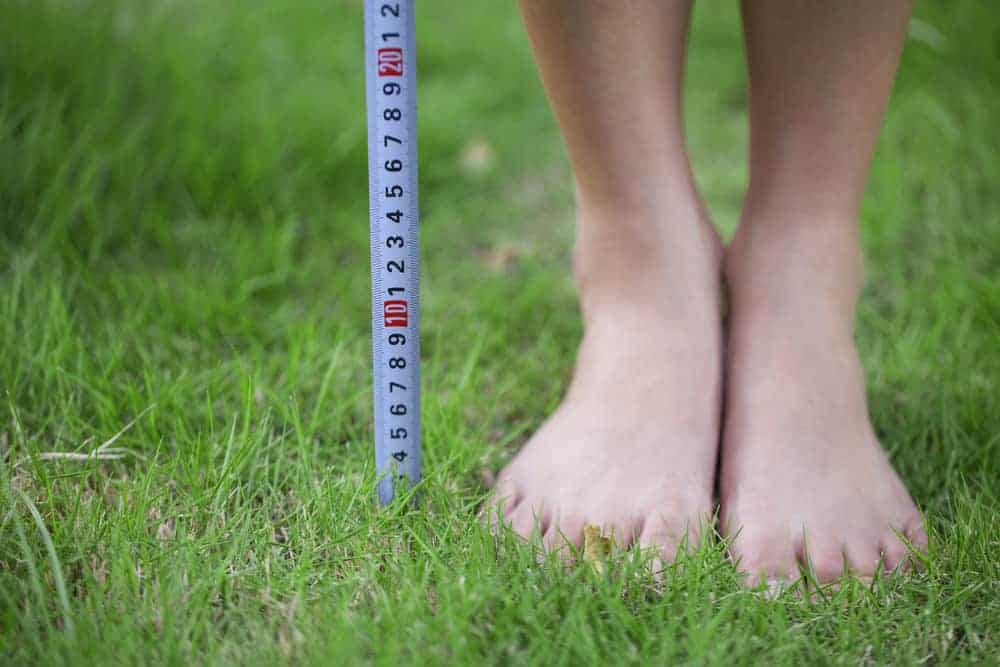
The best choice is to respect the ‘1/3s rule’. That means you shouldn’t mow more than a third of your grass height each time. So, if you want to keep your yard at 2 inches (5 cm) high, you don’t need to mow until the grass is 3 inches (7.5 cm) high.
4. Mowing a new lawn
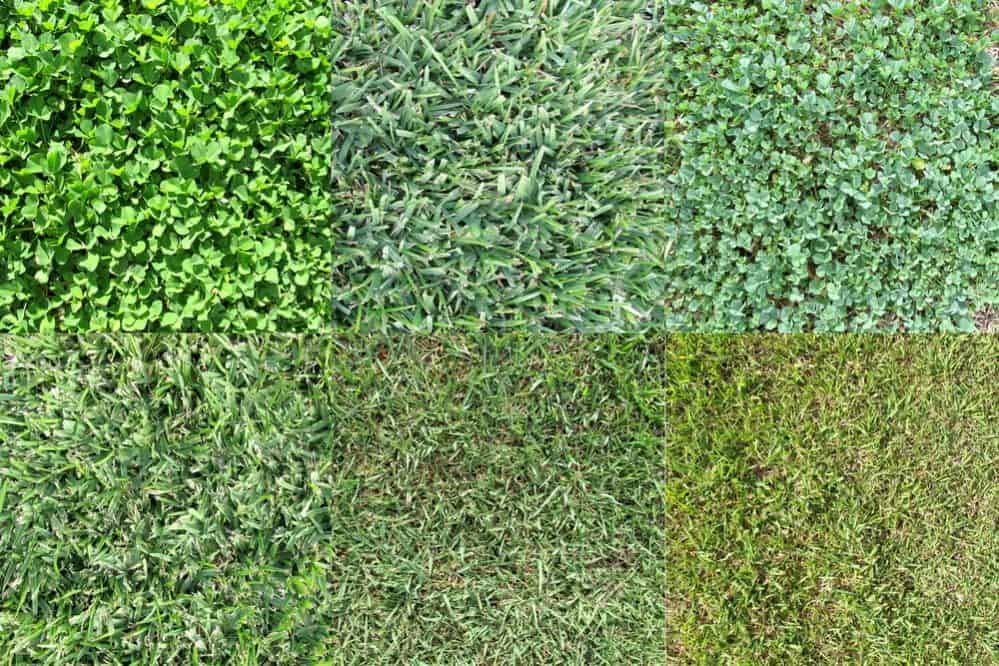
Before start even thinking about mowing your new lawn, you should let the grass grow properly. I can’t give you an exact time, because it depends on the type of grass you choose, the average temperature and moisture in your region, season, and many other factors.
Check in the table I have made for you the height that each particular grass seedling species should reach before the first cutting. I am sure that you don’t want your grass to grow slowly because you put it under stress by mowing it dramatically.
Ideal mowing height for your lawn
|
Grass-type |
Height |
|
|
Cool-season grasses |
Bentgrass |
1/4 to 1 inch (6.35 mm-2.5 cm) |
|
Kentucky bluegrass |
1-3/4 to 2-1/2 inches (4.5-6.35 cm) |
|
|
Ryegrass (annual and perennial) |
1-1/2 to 2 inches (4-5 cm) |
|
|
Fine fescue |
1-1/2 to 2-1/2 inches (4-6.35 cm) |
|
|
Tall fescue |
2 to 3 inches (5-7.5 cm) |
|
|
Buffalo grass |
2 to 3 inches (5-7.5 cm) |
|
|
Warm-season grasses |
Bahia |
2 to 2 1/2 inches (5-6.35 cm) |
|
Bermuda grass (common) |
3/4 to 1-1/2 inches (2-4 cm) |
|
|
Bermuda grass (hybrid) |
1/2 to 1 inch (1.25-2.5 cm) |
|
|
Centipede grass, zoysia grass |
1 to 2 inches (2.5-5 cm) |
|
|
Blue grama |
2 to 3 inches (5-7.5 cm) |
|
|
St. Augustine |
1-1/2 to 2-1/2 inches (4-6.35 cm) |
|
5. Protect the trees
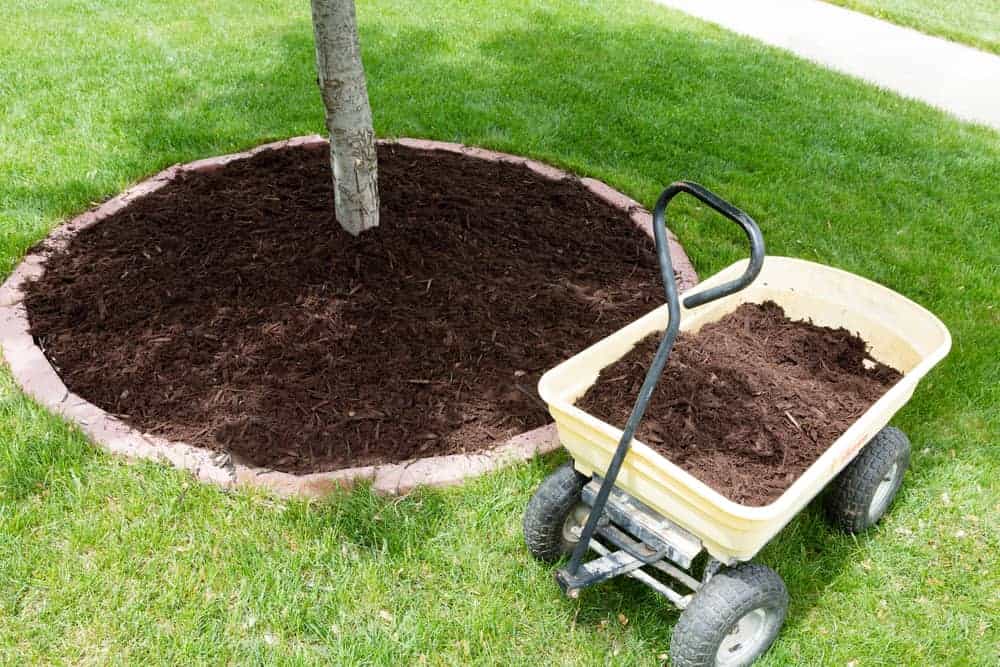
To protect trees you have in your yard during mowing, you should leave at least a three feet (one meter) wide grassless ring around their trunks. Do it on your way by:
- Choosing to arrange a bare soil at those places
- Putting some bricks or stones around every tree
- Covering the ground around the tree with a 3 to 6 inches (7.5-15 cm) thick layer of organic mulch (avoid putting it right next to the trunk).
Proper Preparations for Mowing
Weather
Always check the weather forecast before deciding to mow and avoid early morning hours due to moisture from fog and dew. Try to do the job after a dry day because wet grass can make your yard too slippery and consequently clog your mower. Plus, you will get the grass of poor quality and cause too much damage in the long run.
Cleaning the yard
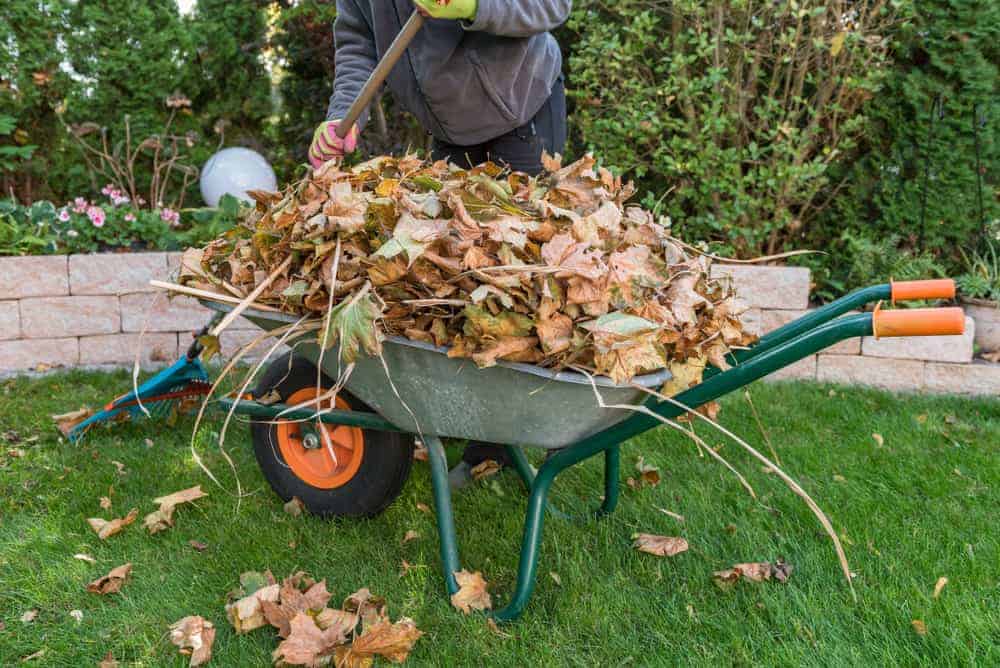
Be sure to clear your yard before start mowing. Move all objects including branches, small toys, loose stones, cans, and bottles. Mark barriers such as large ornamental stones or pipes.
Mower Types
Which type of mower you should pick out to buy or rent, primarily depends on your lawn:
- Manual reel lawn mowers – You need to push them to start the device. The fact that they are environmentally-friendly and affordable makes them mowers of choice for smaller and almost entirely flat yards.
- Gas-powered push lawn mowers – They are a favorite chose for the average suburban homeowners because they are practical, reliable, and affordable.
- Gas walk-behind lawn mowers – You can select one of two varieties (self-propelled or push-propelled) for lawns not bigger than 0.5 acres (20 ares/0.2 ha).
- Riding lawn mowers – They are a little bit expensive than walk-behind models, but you should choose them if your lawn is over 0.5 acres (20 ares/0.2 ha) in size. Your time is more valuable than the mower. Keep in mind that they are not entirely safe for use if your lawn has too steep hillsides.
- Electric push lawn mowers – Their advantage is that they are pretty quiet and comfortable to operate with. However, these machines are bulky and expensive. It makes sense to buy them only if your lawn is large enough to be worth the investment, but not more than 0.25 acres (10 ares/0.1 ha) due to cable length.
- Battery-powered lawn mower – I like this type of mowers. They are quiet and environmentally-friendly because they don’t use gasoline or oil. Plus, there are no annoying power cords to deal with.
Further, keep your mower in good condition, check the level of oil and fuel, sharp the blades before its first use and continue doing so regularly (at least once a year). Check if the wheels are set height correctly depending on the grass type and season.
Don’t miss cleaning your mower and rinsing the blades right after the mowing. It is always a better option of having a machine prepared for the next time.
Tidy up
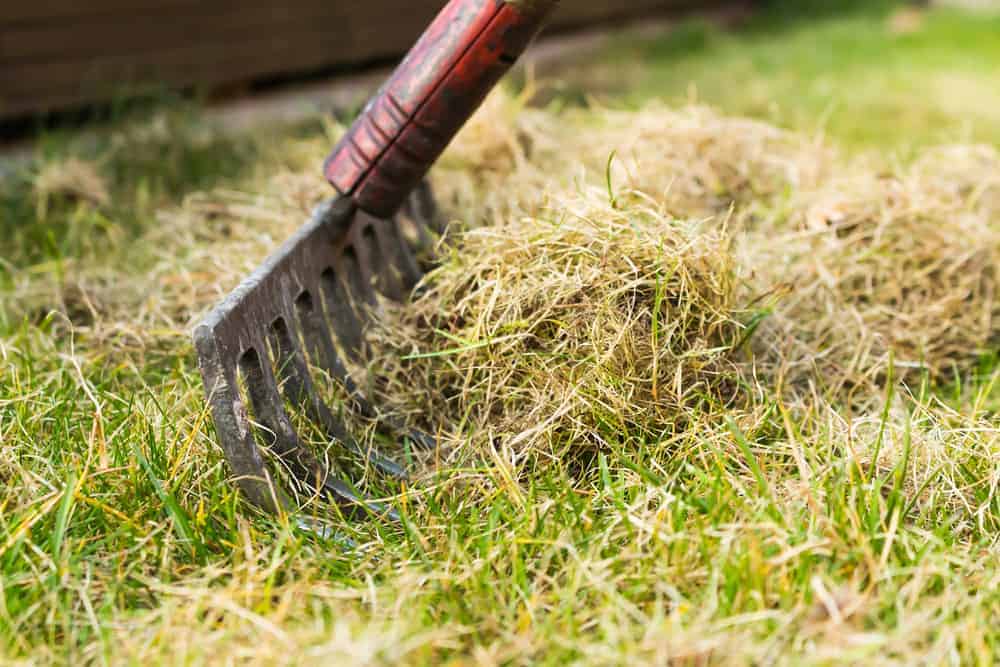
After you finish the job, you can do two things:
- Gather grass clippings with a lawn rake
- Use a mulching mower and let the clippings act like fertilizer
Whatever choice you make, you will do the right thing. Just don’t put grass clippings in the plastic bag.
How to Mow Your Lawn Efficiently?
You have to adjust the way of mowing to the shape and size of your yard. I will give you a few tips to make your efforts more efficient:
Shape
Start to mow around the perimeter of your yard and around all present obstacles. Unless your lawn is regular quadrilateral, the best idea is to cut the curved edges and create a squared-off area for proper mowing. Depending on the lawn size, turn the remaining, regular part of the lawn into one or a few rectangles to make your mowing easier.
Slopes

If your yard is sloped, you need to mow side-to-side, but avoid mowing up and down a gentle slope. Always pick out to go in straight lines, perpendicularly up the hill. For this type of lawn, the manual push-reel mower is a safe and convenient choice. Even more practical solution would be planting trees or shrubs at this piece of land instead mowing it all the time.
Rows
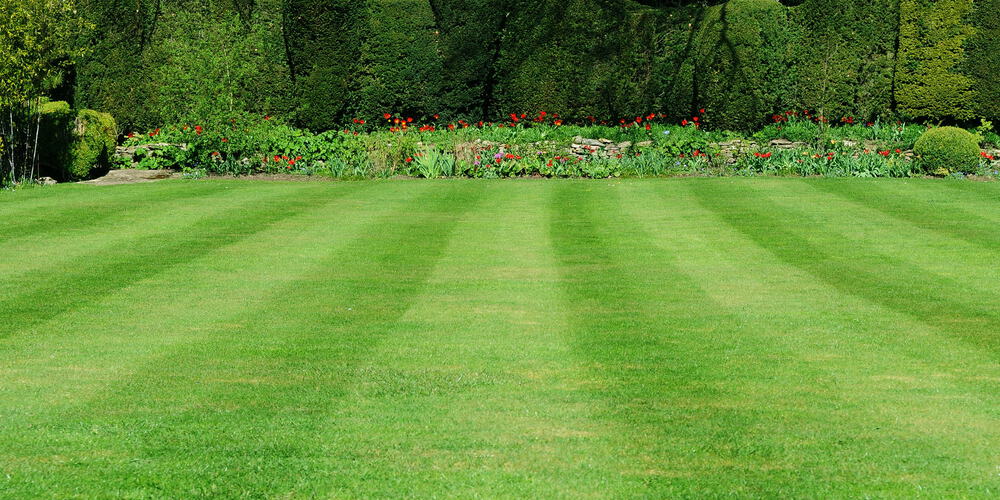
Be pragmatic and always mow in straight lines, both back and forth. Every new adjacent row should slightly overlap the previous one, so you can’t make a mistake and leave uncut part of the lawn behind.
Patterns
If you want to create those beautiful light and dark bands as a pro, you should bend the grass in the mow’s direction. However, there are more exciting options you can try:
- For creating checkerboard stripes, you need to mow over the same area twice from opposite directions.
- If you prefer a diamond pattern, do the same thing, but rotate the mowing lines 45 degrees.
- If you are experienced and want something special in front of your house, choose a ‘zig-zag’ pattern. Create diamond stripes first, and keep repeating series over three diamonds. Just take care that the angle should always be 90 degrees.
Scattering
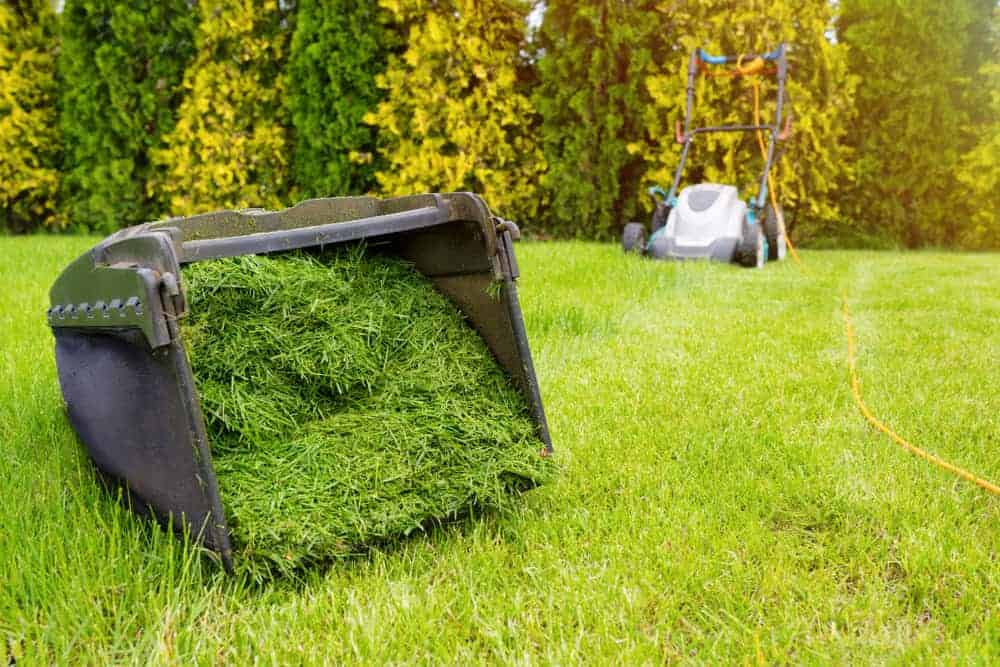
Be sure to switch clippings into the row you cut previously. If it is possible, leave them scattered thinly around and let your grass use them as a natural fertilizer. If you make your own compost, pick up grass clippings and put it in a proper place.
Direction
Try to change the course of rows regularly to avoid your grass start bending over permanently in the same row’s direction. Use string trimmer or edger after mowing with a mower to cut the remaining grass in less accessible places.
Summary
Always keep in mind that mowing is actually the pruning of the grass on your yard. If you do the job correctly, regular lawn maintenance will decrease the appearance of weeds by increasing the density of desirable grass.
What is most important is to respect the growth rhythm of each particular type of grass you have chosen. Mow your lawn by respecting the conditions in the region you live and tracking the instructions of the reputable experts. It is the best way to keep the grass in your yard beautiful, healthy, lush, and vigorous.
Leave a comment